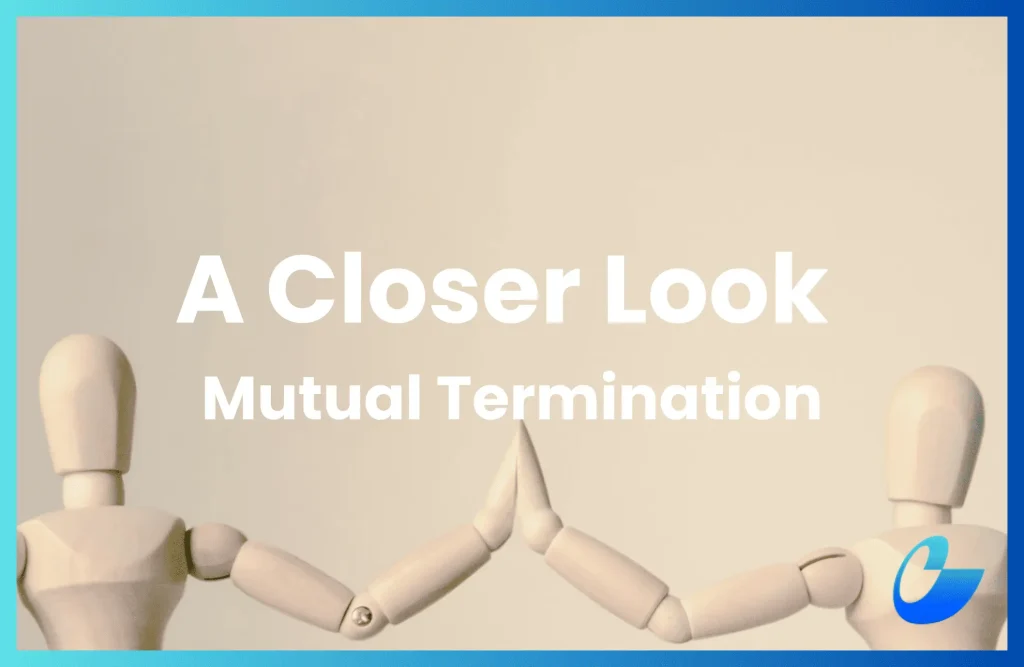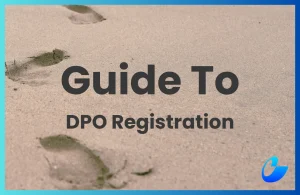Under Malaysian employment law, mutual termination simply means both employer and employee agree to end a working relationship.
There is no dismissal or resignation, just a consensual parting of ways.

To support this process, employers often adopt two structured schemes:
- Voluntary Separation Scheme (VSS) – an offer to a group of employees with standardised benefits, often with little negotiation room. Employees apply voluntarily and the employer is not obliged to accept all applications.
- Mutual Separation Scheme (MSS) – a negotiated deal between employer and specific employee with terms often customised.
If done properly, mutual termination offers clarity, fairness, and legal protection, especially for employers.
When to offer VSS or MSS
A VSS or MSS is most commonly used ahead of a restructuring or downsizing as a low-disruption alternative to selecting employees for retrenchment.

In fact, these schemes are often used before a retrenchment, as stipulated in the Code of Conduct for Industrial Harmony (paragraph 22) and the Department of Labour’s Guidelines on Retrenchment Management (item 4.2).
They help achieve workforce reduction while reducing risks of unfair dismissal claims under Section 20 of the Industrial Relations Act 1967.
That said, the rationale behind the offer must be legally sound to hold up in court.
Ensuring legality of the agreement
A VSS or MSS agreement is legally valid provided that contract law requirements are met, and in practice contains three key elements:
- Voluntariness: No pressure, threats, or misleading conduct to the employee.
- Finality The agreement clearly states the employee waives further claims and both parties consider it a full and final settlement.
- Fair benefits: Financial benefits ideally higher than statutory entitlements or courts may view it as an attempt to avoid retrenchment obligations.
If any of these elements are missing, the courts can rule against the employer, as seen in Teh Yet Poh v Tropicana Shared Services Sdn Bhd.
Teh Yet Poh v Tropicana Shared Services Sdn Bhd [2025]
What the employer called a “mutual separation” was, in reality, a one-sided decision as the employee was told to resign or face retrenchment.
Although the employee signed the MSS and received an initial payout of RM73,706.99, the court found that the agreement had been entered into under pressure and therefore amounted to an unlawful dismissal.
The court subsequently awarded the employee an additional compensation of RM223,173.01.
The most disheartening part of reading this judgment was the long list of case law from 1991 to 2024 that reflects how employers have continuously made the same mistake.
But it doesn’t have to be that way, and our next section walks you through how to handle a mutual separation scheme properly.
Steps in rolling out a VSS or MSS
Here’s how employers can ensure both sides agree to the terms, benefits, and finality of the separation:
Step 1: Establish a genuine reason, be it redundancy, cost control, or restructuring.
Step 2: Choose a VSS if applying to a group and MSS for individuals.
Step 3: Define who is eligible and how the offer will be communicated.
Step 4: Draft clear, balanced, and enforceable documents to avoid problems later.
Step 5: Keep written records of all steps taken, especially around consent, communication, and payout calculations.
For details on statutory entitlements, see step seven of our guide to retrenchment.
And if you’d like help drafting a legally sound VSS or MSS Agreement that protects your business while treating employees fairly, we are here to assist.
FAQs on mutual termination in Malaysia
Q: Can an MSS or VSS be offered verbally?
A: Preferably not. Although verbal contracts are legally recognised, for employment matters it is risky and opens the door to misunderstandings and disputes. A written agreement ensures both clarity and legal enforceability.
Q: Who usually drafts the VSS or MSS document?
A: It is typically prepared by the employer or their legal advisor.
Q: Can the employee propose their own terms under MSS?
A: Yes.
Q: Can the employee challenge the agreement after signing?
A: Yes.
Q: Does the VSS/MSS need to offer more than the legal minimum?
A: It’s preferable as if compensation is equal to or lower than the legal minimum, the court may view it as a disguised retrenchment and subject the employer to full statutory obligations.
Q: How long should the employee be given to respond to a VSS or MSS offer?
A: A few days to a week is generally reasonable. The key is not to pressure the employee into making a rushed decision. However, the response timeframe may also consider the company’s overall business conditions and urgency of the restructuring plan.










